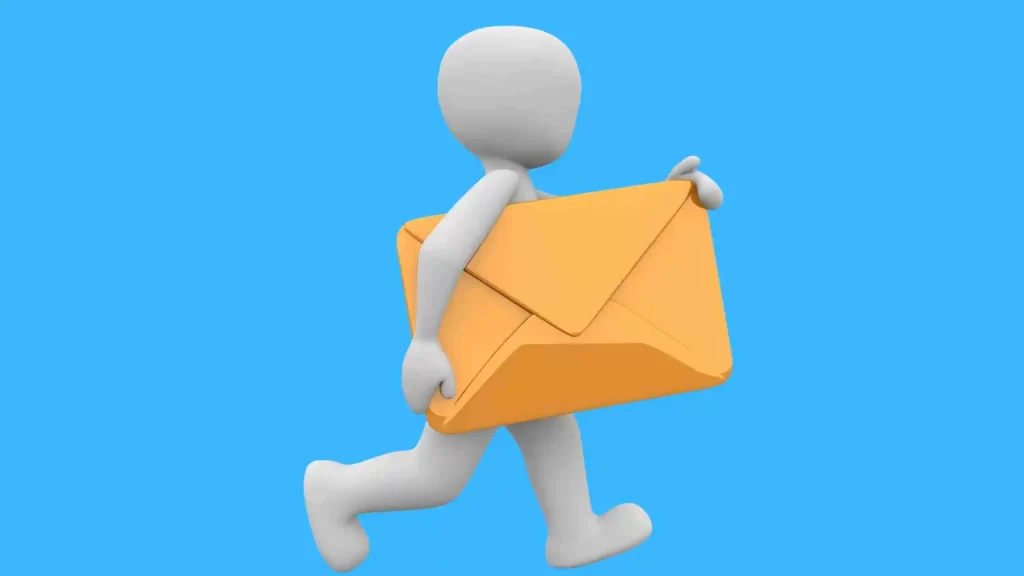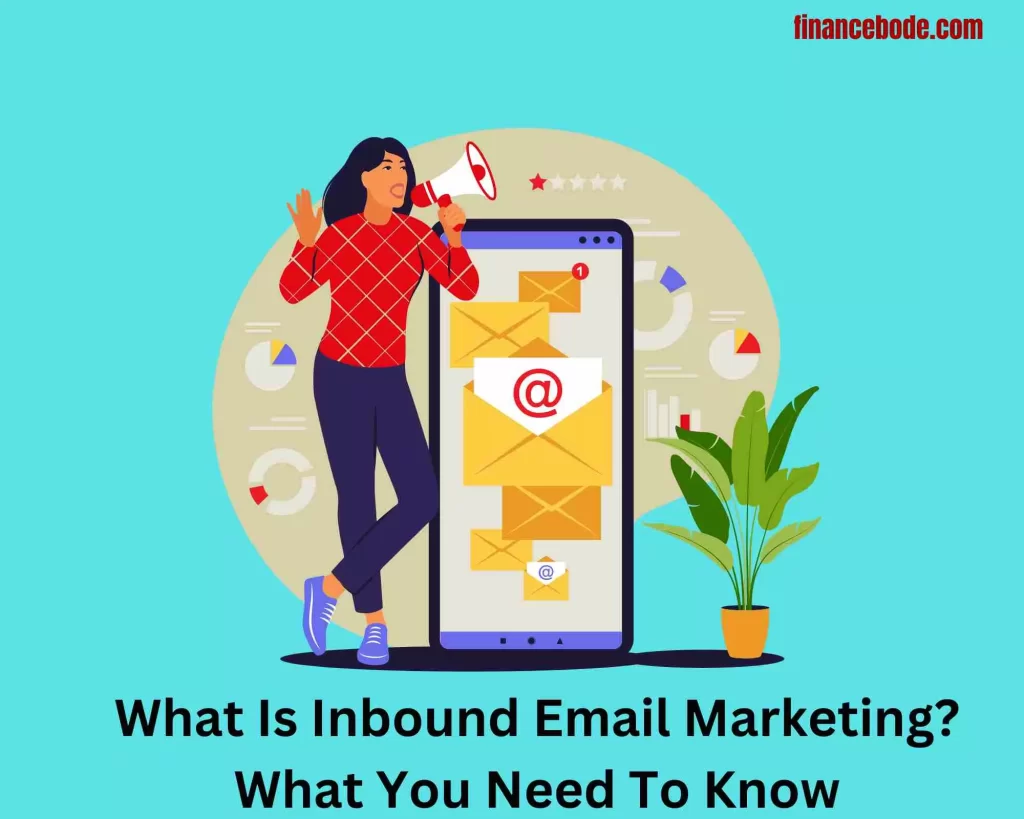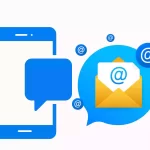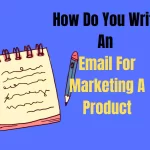In today’s digital world, you will agree that email marketing is one of the most successful methods to reach out to new and current consumers; But have you heard of inbound email marketing? If not, don’t worry — I’ve got you covered.
I remember vividly when I started my little business back then. I was looking for methods to reach out to customers and build a relationship with them. A friend advised me then that I should try out inbound email marketing.
Inbound email marketing is a proven approach for acquiring, engaging, and nurturing prospects via personalized and customized email campaigns. With the rising competition in the digital world, organizations need to take a strategic strategy to engage with their audience successfully. Inbound email marketing is vital to any effective email strategy that attempts to develop trust, loyalty, and long-term connections with clients.
In this today’s guide, I will take a deep dive into what inbound email marketing is, its benefits, and why it’s important for your business. This article will give you great insights and practical techniques to take your email marketing game to the next level.
So, without any further ado. Let’s dig in!
What Is Inbound Email Marketing?
As I said earlier. Inbound email marketing is email marketing that focuses on creating connections with your audience by providing them with quality and relevant content that corresponds with their needs and interests. Inbound email marketing strives to attract leads and customers by delivering them beneficial information and insights rather than interrupting them with unnecessary or spammy communications.
Unlike outbound email marketing, which is more sales-oriented and obtrusive, inbound email marketing is a customer-centric strategy that puts the customer’s needs first. By offering your audience helpful information and tools, you can develop your brand as a thought leader, gain trust and credibility, and create a dedicated following.
Why is Inbound Email Marketing Important?
Inbound email marketing is a vital element; even a thorough digital marketing plan must include inbound email marketing. Here are a few reasons why:
1. Fosters More Engagement
When used effectively, inbound email marketing may greatly raise brand engagement. You may position yourself as an expert in your field and win over prospective clients by giving your audience relevant, helpful material.
2. Boost traffic
A potent strategy for increasing website traffic is email marketing. You may entice subscribers to visit your website and discover more about your goods or services by putting links in your emails.
3. Produces Leads
Creating leads is one of the main objectives of inbound email marketing. You can turn your subscribers into qualified leads by giving them helpful material and enticing them to interact with your company.
4. Promotes Relations
Building enduring ties with customers is possible for organizations via inbound email marketing. You can build a feeling of trust and loyalty with your subscribers by regularly providing value and interacting with them, which might be challenging to do via other marketing platforms.
How Does Inbound Email Marketing Work?
Inbound email marketing attracts, engages, and converts leads into
customers by using a range of strategies. Here is a list of the necessary
actions involved:
Attract:
Attracting prospects to your website or landing page is the first stage in inbound email marketing. Numerous strategies, including search engine optimization (SEO), social media marketing, and content marketing, may be used to achieve this. This can be done by offering something of value, such as a free ebook or newsletter, in exchange for a person’s email address.
See also: what you can offer in exchange for a person’s email address.
Capture:
Once a lead has been drawn to your website or landing page, the next step is to collect their contact details, including their email address. This may be accomplished by offering a lead magnet, such as a free ebook or whitepaper, in return for the lead’s email address.
See also: How to collect customers’ email addresses.
Nurture:
The next step is to nurture the lead with a series of tailored and pertinent emails once you’ve obtained their contact information. These emails need to be valuable to the reader, offering them helpful advice, informative material, and exclusive deals.
See also: How to personalized and tailored your email.
Convert:
Converting a lead into a customer is the last stage in inbound email marketing. This may be accomplished by sending targeted sales emails with offers that persuade the lead to buy, such as product demonstrations or time-limited deals.

How Is Imbound Email Helpful For Your Business?
Initially, this marketing method helps you save a lot you may have squandered on an untargeted campaign. Due to such an edge, you magnify your email marketing expenditure by reaching to those customers who are more inclined to read your message and act appropriately. (Source)
How to Implement Inbound Email Marketing:
Implementing a successful inbound email marketing campaign takes a well-planned approach and a comprehensive knowledge of your target demographic. Here are some steps to help you get started:
Define Your Target Audience:
Before you can design focused and customized email marketing, you need to understand your audience’s requirements, interests, and pain points. Conduct market research, examine your customer data, and construct buyer personas to help you understand your target audience better.
Build a Quality Email List:
Your email marketing campaign’s effectiveness relies on your email list’s quality. You want to confirm that your subscribers have given you explicit permission to contact them and that they are interested in receiving your emails.
Develop a Content plan:
Once you have established your target audience, you must design a content plan corresponding to their requirements and interests. Your content strategy should contain a combination of informative, informational, and promotional material that targets the many phases of the consumer experience.
Build Your Email List:
You need a strong email list of engaged and interested subscribers to adopt an inbound email marketing strategy. Use lead magnets, landing pages, and opt-in forms to acquire email addresses and develop.
Personalize Your Emails:
Personalization is important to the effectiveness of any email marketing campaign. Use subscriber data to customize your emails, such as their name, location, and purchase history. This will assist in providing a more customized and engaging experience for your subscribers.
Segment Your Email List:
Once you have developed your email list, you need to segment it depending on your audience’s interests, activity, and preferences. Segmenting your email list helps you to send targeted and customized content that resonates with each category.
Create Compelling Email Content:
Your email content should be interesting, useful, and aesthetically attractive. Use memorable subject lines, exciting language, and eye-catching pictures to capture your audience’s attention and keep them engaged.
Automate Your Email Campaigns:
You may utilize email automation solutions to automate your email campaigns to save time and enhance productivity. This helps you to send timely and relevant material to your audience depending on their behavior and activities.
Optimize for Mobile Devices:
More than 50% of emails are viewed on mobile devices. Therefore, ensuring that your emails are optimized for mobile consumption is crucial. This includes adopting a mobile-responsive email design and keeping your subject lines brief and clear.
Test and Measure:
Regularly testing and monitoring the impact of your email marketing initiatives is vital to enhance their performance. Use A/B testing to evaluate alternative email subject lines, content, and calls to action to identify what works best for your audience.
5 Principles Of Effective Inbound Marketing
1. Planning. It is vital to write out a strategy that will describe what you aim to accomplish, why you need electronic tools, and what tools you want to utilize. At this step, you may decide on a budget.
2. Studying the target audience. You need to identify who your consumers are and where they are seeking information and then build techniques for communicating with them. If this is, for example, a landing page, then its content should fulfill the expectations of a prospective client.
3. Quality content. With inbound marketing, the quality of the content becomes a critical factor: people will only read a blog with dull articles, download a book with something valuable in it, or participate in a webinar with an unprepared speaker.
4. Constancy. To offer your firm a continual flow of consumers, you must frequently participate in marketing operations. If you decide to blog, you need to post fresh pieces at least once a week. In any inbound marketing technique, consistency is crucial. Having abandoned the site, your position in the search results will continue, but the number of consumers will drop drastically.
5. Analysis. The findings demand thorough investigation utilizing analytics tools. You will be able to trace absolutely every step of your website visitors. These changes should be exploited to identify bottlenecks in order to eradicate them and design the most effective strategy for expanding your firm.
Conclusion:
Inbound email marketing is a powerful method that can help companies of all sizes and sectors develop deep connections with their audience, boost engagement, and expand their brand. By offering your audience quality and relevant material, you can position your business as a thought leader, gain trust and credibility, and generate a devoted following.
To establish a successful inbound email marketing plan, you need to identify your target audience, design a content strategy, grow your email list, segment your email list, generate captivating email content, automate your email campaigns, and monitor and optimize your results continually. With the correct methodology and tools, you can utilize the power of inbound email marketing to take your email strategy to the next level.





